Osteoarthritis is a painful, degenerative condition of the joints which can negatively influence your exercise regime. Many people with osteoarthritis tends to avoid exercise because of pain in their joints, and fear of making the condition worse. In fact, the contrary is actually true, exercise in fact plays an important role in the conservative management of osteoarthritis.
WHAT IS OSTEOARTHRITIS?
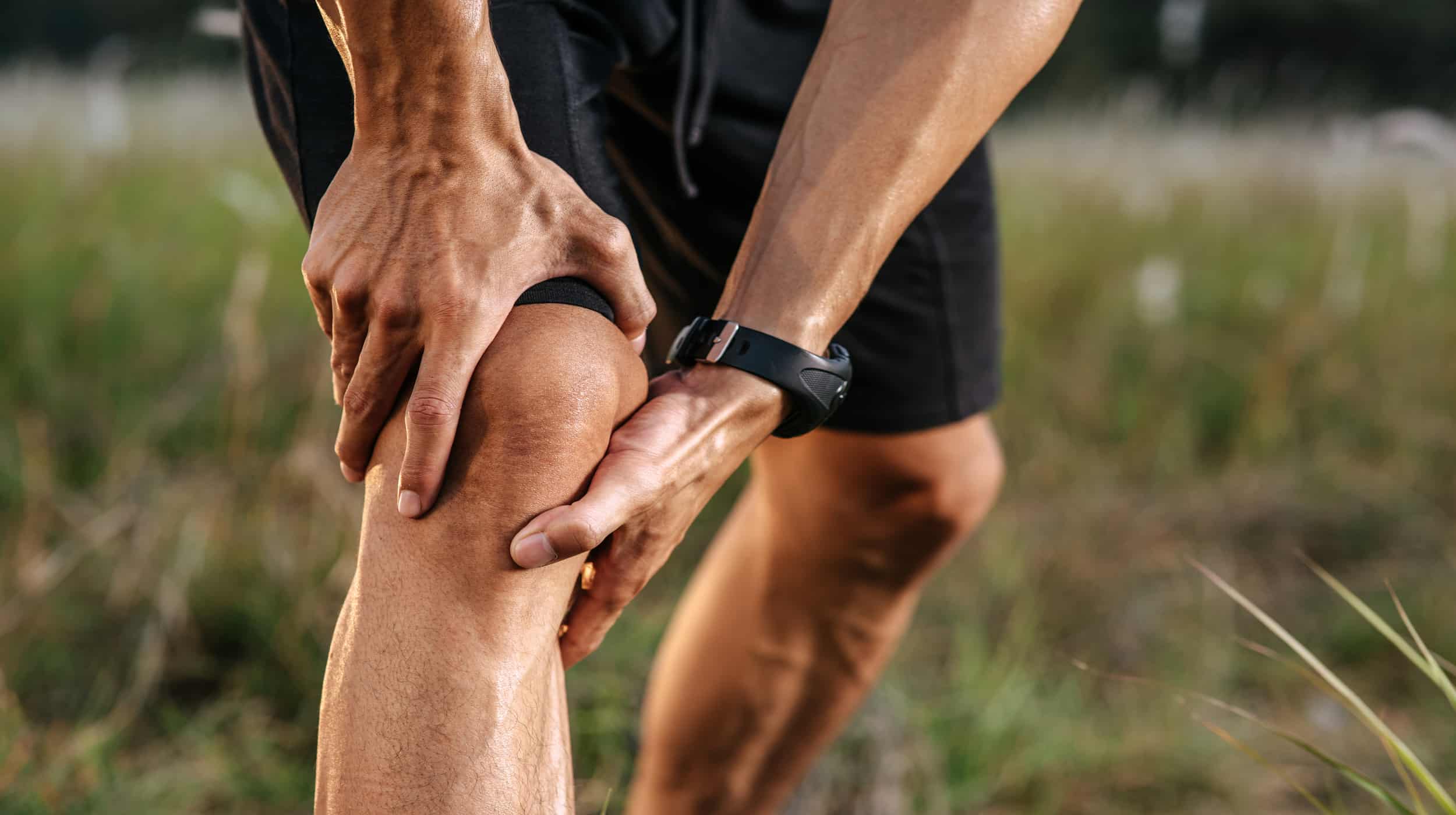
The word ‘Osteoarthritis’ can be broken up into three parts – osteo (meaning bone), arthr (meaning joint) and itis (meaning inflammation). Put simply, osteoarthritis is inflammation of the bony joints.
On the end of each bone is a form of cartilage (called articular cartilage) which acts as a cushion for the joint. This cartilage also provides a smooth surface for unrestricted movement of the joint.
Osteoarthritis is characterised by the stiffening of this cartilage which deteriorates due to increased susceptibility to damage. Over time, this cartilage ‘wears down’, which impacts on the joint’s ability to ‘shock-absorb’ load and move smoothly.
Most commonly, osteoarthritis occurs as a result of general degeneration of the jointas we age. This degeneration can be accelerated in people who perform activities that put excess load on their joints, those who have sustained an injury to the joint, and those with other conditions which may have an impact on their joints.
The joints most commonly affected include the hands, spine, knees, hips and feet. Symptoms will generally include pain, stiffness and swelling in the affected joint, as well as a ‘grating’ sensation with movement.
IS EXERCISE GOOD FOR OSTEOARTHRITIS?
There can be a tendency for people with osteoarthritis to avoid exercise for several reasons. The presence of pain is one of the main factors which results in exercises being avoided.
Secondary to this, the fear that exercise will worsen the condition of the joints is another reason that exercise may be avoided. Many studies have found though that all forms of exercise performed appropriately have both direct and indirect positive benefits in the conservative management of osteoarthritis.
In fact, avoiding exercise can actually result in progression of the symptoms which most affect the joint including pain, lack of flexibility and difficulty with movement.
Lack of exercise can also have secondary impacts on the progression of osteoarthritis and other health conditions. Reduced physical activity can lead to weight gain and muscle loss. The increase in load placed through the joint as a result of increased weight, compounded by the reduction in muscle strength supporting the joint, can accelerate the degeneration of the joint.
Further degeneration results in increased inflammation, pain and swelling of the joints, and can result in a snowball effect of further avoiding exercise and activity.
There are different modes of exercise that can be engaged in for the management of osteoarthritis. The different modes of exercise provide various benefits to the management of the condition. This includes direct benefits to the joint such as improved mobility and muscle strength, as well as indirect benefits such as weight loss.
TYPES OF EXERCISE BENEFICIAL FOR OSTEOARTHRITIS
There are three key modes of exercises that are beneficial for people with osteoarthritis.
We should consider in the conservative management of osteoarthritis. These modes are flexibility/mobility training, resistance training and cardiovascular training.
Flexibility
Flexibility and mobility training can include a gentle stretching program, or even participation in yoga or tai chi. These forms of exercise promote the gentle movement of the joint through its range of motion, reducing the strain on the joint that can result from tight muscles and external joint structures.
Muscles facilitate movement by crossing over joints. When muscles are not moved through their range of motion, they can become stiff and resistant to movement. In the short term, you might notice this when sitting for a long period and feel like you need to stretch your body out when you get up. Tight muscles over a longer period become resistant to movement, and as a result, place increased load through the joint that they impact on.
Improving flexibility can be achieved through both static stretches (such as holding a position for a period) and through dynamic stretches (slow and controlled movement of the joint). Flexibility exercises are a good starting point for someone with osteoarthritis re-engaging in exercise, as it is gentle and the least likely to flare up joint pain.
Resistance Training
Resistance training (commonly referred to as ‘doing weights’) includes strengthening the muscles through activities such as bodyweight exercises and the use of aides such as resistance bands and weights. This mode of exercise is most commonly avoided as there is often concern that doing weights will damage the joint.
The concept that weights training will damage the joint is incorrect if the exercises are performed appropriately. The aim of resistance training in those with osteoarthritis is to improve the strength of the muscles around the joint. This is especially important in the main load bearing joints such as the hips and knees, as the surrounding muscle’s ability to take load reduces the load that is imparted through the damaged articular cartilage of the joint.
Gentle, controlled resistance movements are suited the most for people with osteoarthritis. A full body program focusing on compound, functional movements is likely to provide the most benefit, strengthening the larger, weight bearing muscles. In the elderly, this can also have a positive impact on other areas such as gait, balance and ability to perform other activities of daily living.
Cardiovascular Exercise
Cardiovascular, or aerobic, exercise such as walking is an important component of the exercise-based management of osteoarthritis. Regular cardiovascular exercise provides blood-flow to the muscles which increases their capacity to take load, aids in the loosening of tight muscles and improves cardiovascular fitness which in turn improves the body’s capacity for exercise. Secondary to this, cardiovascular exercise is an important component of weight management.
Hydrotherapy (exercise in warm water) provides a great alternative to cardiovascular exercise for those with osteoarthritis. The warm water helps with the loosening of muscles and joints (promoting flexibility) as well as reduces load on the joints due to the buoyancy of the water. This can allow for more strenuous exercise to be performed; however, care needs to be taken that the intensity is not increased too much as it may not feel painful while in the water but could become painful as the body cools down afterwards. The combination of cardiovascular and flexibility benefits of hydrotherapy makes it one of the most effective modes of treatment for people with osteoarthritis.
CAN EXERCISE PREVENT OSTEOARTHRITIS?
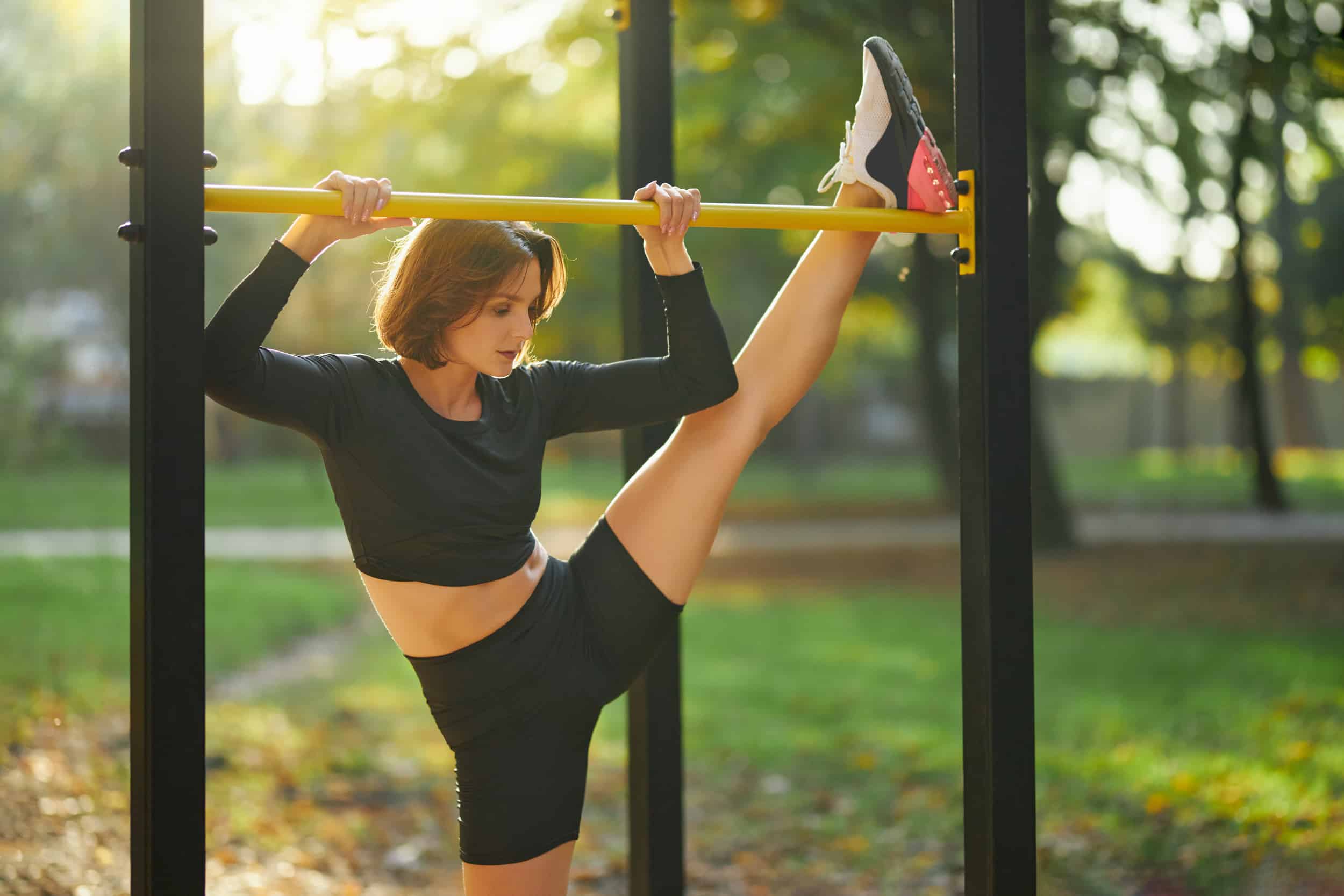
All the benefits mentioned above for the management of osteoarthritis are relevant in the prevention and delaying of the onset of osteoarthritis.
Including flexibility exercises as part of a regular routine from a young age promotes joint mobility which reduces load on the joints. When we are younger, we are typically more active and maintaining mobility in the joints through flexibility training reduces the risk of injury which can also provide excessive load on the joints.
Regular resistance training from a young age can also positively influence potential onset of osteoarthritis. Maintaining strength in the muscles that support the joints reduces the load taken through the joints and provides structure to the joints that will be important as muscles begin to waste with age.
Regular cardiovascular exercise plays an important role in weight management as well as our capacity to engage in other forms of exercise. Maintaining cardiovascular fitness from a young age helps with maintenance of the joints and management of joint load.
Participation beyond general exercise, such as in high level sports competition, does however present an increased risk of the development of osteoarthritis as a result of increased load through the joints and increased risk of injury. It is important to consider these factors and tailor exercise outside of sports to ensure the body is adequately conditioned for participation and appropriate recovery is considered.
TIPS AND ADVICE
It is important before commencing an exercise program for the management of osteoarthritis, that you consult with a professional, who can help develop a program that is suitable to your condition and needs. This may be through consultation with your General Practitioner, a Specialist, or someone who specialises in the prescription of exercise for chronic conditions such as a Physiotherapist or Exercise Physiologist.
It is important to avoid any exercises that result in a prolonged increase in joint pain after performing them. It is normal to experience some pain in the joints with exercises, especially in the early stages of an exercise program, however if the pain remains elevated beyond the end of your session, and over the next day or two, then adjustments may need to be made.
Exercises that put excessive force through the joints should also be avoided. This includes any kind of jumping movements such as skipping or hopping. The damage to the articular cartilage reduces the joint’s ability to ‘shock-absorb’ load, and as such any high impact movements are likely to result in increased pain.
Participants should also be mindful of not doing too much exercise and progressing things too fast. Gradual progression is important; however, the body does need time to adapt, and it is likely that there will be occasions where progression results in a flare up in pain. It is important in these instances to listen to your body and take things a step back to allow the body to adapt before progressing again.
As touched on above hydrotherapy can be an effective mode of exercise for osteoarthritis, combining the benefits of both cardiovascular and flexibility training. However, because of the therapeutic benefits of being in warm water it can sometimes be easy to overdo things as you do not receive the same ‘warning-signs’ that you get with other modes of exercise. It is important to start slow, monitor how you feel after each session and gradually increase things to a level that you can sustainably manage.
KEY TAKEAWAYS
Exercise is an important component of the conservative management of osteoarthritis and should not be avoided. You should consult a health professional (such as a doctor, physiotherapist or exercise physiologist) before implementing an exercise program for the management of osteoarthritis. A balanced program including flexibility, cardiovascular and resistance training should be implemented for the management of osteoarthritis. Participation in regular exercise before the onset of osteoarthritis can help delay the onset of joint degeneration.
Article Sources
HealthxTips is committed to delivering content that adheres to highest standard for accuracy, sourcing and objective analysis.
HealthxTips uses only high-quality and trustworthy sources to support the facts in our articles.
1. Bennell, K. L., Hunt, M. A., Wrigley, T. V., Lim, B. W., & Hinman, R. S. (2008). Role of muscle in the genesis and management of knee osteoarthritis. Rheumatic diseases clinics of North America, 34(3), 731–754. https://doi.org/10.1016/j.rdc.2008.05.005
2. Castrogiovanni P, Musumeci G. Which is the Best Physical Treatment for Osteoarthritis? Journal of Functional Morphology and Kinesiology. 2016; 1(1):54-68. https://doi.org/10.3390/jfmk1010054
3. Harvard Health Publishing. (2013, May 8). Exercise is good, not bad, for arthritis. Harvard Medical School. https://www.health.harvard.edu/blog/exercise-is-good-not-bad-for-arthritis-201305086202
4. Hunter, D. J., & Eckstein, F. (2009). Exercise and osteoarthritis. Journal of anatomy, 214(2), 197–207. https://doi.org/10.1111/j.1469-7580.2008.01013.x
5. Lange, A. K. (2008, September 29). Strength training for treatment of osteoarthritis of the knee: A systematic review. Wiley Online Library. https://onlinelibrary.wiley.com/doi/full/10.1002/art.24118
6. Luciana E Silva, Valeria Valim, Ana Paula C Pessanha, Leda M Oliveira, Samira Myamoto, Anamaria Jones, Jamil Natour, Hydrotherapy Versus Conventional Land-Based Exercise for the Management of Patients With Osteoarthritis of the Knee: A Randomized Clinical Trial, Physical Therapy, Volume 88, Issue 1, 1 January 2008, Pages 12–21, https://doi.org/10.2522/ptj.20060040
7. The College of Family Physicians of Canada. (2009, September). Exercise and knee osteoarthritis: Benefit or hazard? CFP MFC. https://www.cfp.ca/content/55/9/871?etoc%253C%2Fref%253E%253Cref=


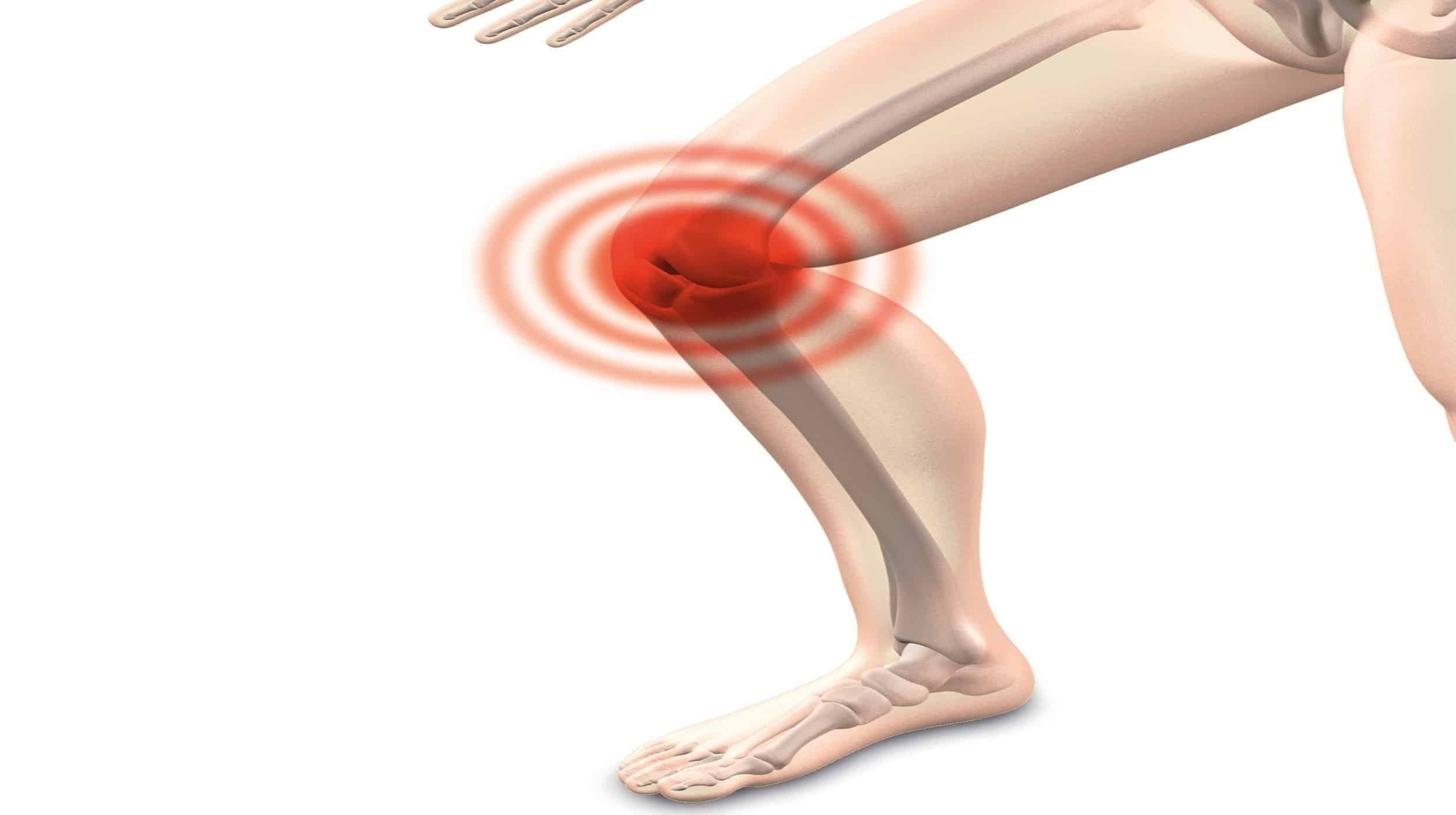


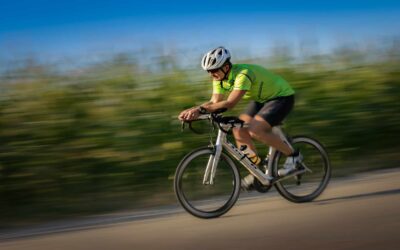
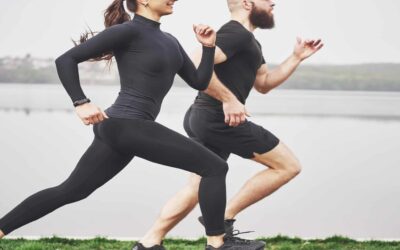
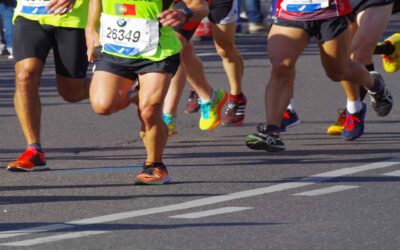
0 Comments